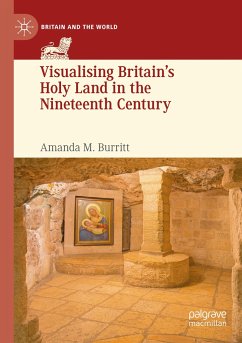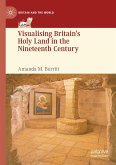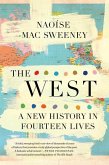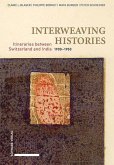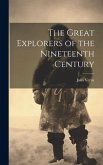This book demonstrates the complexity of nineteenth-century Britain's engagement with Palestine and its surrounds through the conceptual framing of the region as the Holy Land. British engagement with the region of the Near East in the nineteenth century was multi-faceted, and part of its complexity was exemplified in the powerful relationship between developing and diverse Protestant theologies, visual culture and imperial identity. Britain's Holy Land was visualised through pictorial representation which helped Christians to imagine the land in which familiar Bible stories took place. This book explores ways in which the geopolitical Holy Land was understood as embodying biblical land, biblical history and biblical typology. Through case studies of three British artists, David Roberts, David Wilkie and William Holman Hunt, this book provides a nuanced interpretation of some of the motivations, religious perspectives, attitudes and behaviours of British Protestants in their relationship with the Near East at the time.
"Burritt's book is elegantly written and deeply informative. It is an excellent addition to the series of publications by Palgrave Macmillan on 'Britain and the World.'" (Nabil Matar, Victorian Studies, Vol. 65 (2), 2023)
"Visualising Britain's Holy Land in the Nineteenth Century offers a helpful new way to look at the relationship between nineteenth century Britain and the Holy Land. ... Burritt's book will therefore be of interest not only to students and scholars of art, religion, or colonialism in the nineteenth century, but also to those looking at the roots of contemporary Christian attitudes toward Israel and Palestine." (Andrew Crome, Journal of British Studies, Vol. 60 (4), October, 2021)
"Visualising Britain's Holy Land in the Nineteenth Century offers a helpful new way to look at the relationship between nineteenth century Britain and the Holy Land. ... Burritt's book will therefore be of interest not only to students and scholars of art, religion, or colonialism in the nineteenth century, but also to those looking at the roots of contemporary Christian attitudes toward Israel and Palestine." (Andrew Crome, Journal of British Studies, Vol. 60 (4), October, 2021)

